Elements in the same group share similar chemical properties from "summary" of The Periodic Table: A Very Short Introduction by Eric R. Scerri
Elements situated in the same group of the periodic table exhibit analogous chemical behavior. This generalization holds true for the majority of the groups in the table. For instance, the alkali metals, found in Group 1, are known for their high reactivity with water. They readily form ionic compounds and display similar trends in reactivity down the group. Moving across the table, the halogens in Group 17 also share common characteristics, such as high electronegativity and the ability to form salts with metals. The underlying reason for this similarity in chemical properties lies in the electronic configuration of these elements. Elements within the same group possess the same number of electrons in their outermost energy level, also known as the valence shell. This shared electron configuration results in comparable chemical reactivity as elements strive to achieve a stable electron configuration by either gaining, lo...Similar Posts
Writing as catharsis
Writing, for me, has always been a way to release the thoughts and emotions swirling inside my mind. It is a process of purging...

Finding one's passion is a journey
Discovering what truly ignites our spirit is not a simple task. It is a process that unfolds over time, requiring patience and ...
Importance of continuing education in pharmacy
Continuing education in pharmacy is crucial for professionals in this field to stay current with the latest developments, advan...
The search for new elements continues today
The quest for new elements is like a never-ending treasure hunt, with scientists armed not with shovels and maps, but with test...
Chemistry is essential for understanding the world around us
Chemistry is the key to unlocking the mysteries of the world around us. From the air we breathe to the food we eat, chemistry p...
Elements can have surprising uses
The elements on the periodic table have a plethora of surprising uses beyond their traditional roles in chemistry. Take gold, f...
The kinetic theory of gases explains the behavior of gases
The kinetic theory of gases provides a fundamental explanation for the behavior of gases. According to this theory, gases are c...
The world of science is forever changed thanks to Mendeleyev's dream
Mendeleyev's dream was a vision that revolutionized the world of science. His quest to organize the elements led to the creatio...
Chemistry is full of mysteries and surprises
Chemistry is a field that never fails to surprise. Just when you think you’ve got a grasp on the elements, they throw you a cur...
Intellectual curiosity
In my exploration of the elements and their properties, I have come to appreciate the importance of a certain quality that sets...
